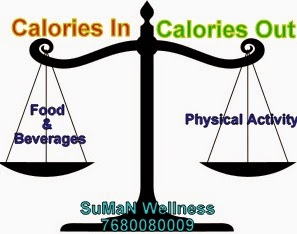In
my earlier blog, I have discussed the basic details about Heart.
Valves of the Heart Control the Blood Flow:
- Just like our kitchen sink controls the flow of water in to the sink, the valves of the heart control the flow of the blood.
- What is amazing about these valves is that they close just in time as the pressure of the blood builds in the heart. Just imagine the billions of times these valves close and open in our life time!!
Did You Know?
It was only in
1700’s that the heart was discovered as an organ that pumps blood throughout
the body.
In a Heartbeat:
- A heartbeat may seem like a simple repeated event, but it is a complex series of very precise and coordinated events that takes place inside and around your heart.
- Nerves connected to the heart regulate the speed with which the muscle contracts.
- A average heart muscle contracts and relaxes about 70 to 80 times a minute.
- The heart conducts electricity that helps to control heartbeats. Both contraction and relaxation are the electrical events that we can see on ECG.
- When you run, the heart pumps more quickly. When you sleep, the heart pumps more slowly.





















